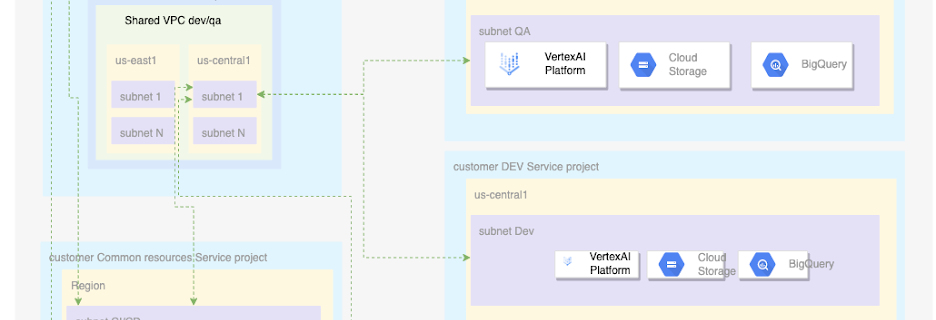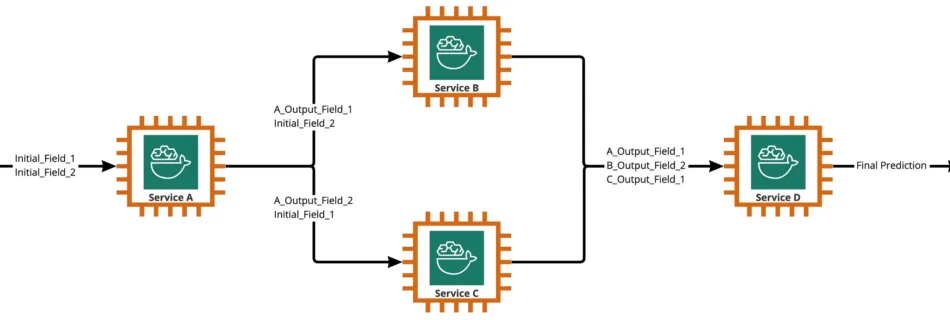Deciphering Clinical Abbreviations with Privacy Protecting ML
Posted by Posted by Alvin Rajkomar, Research Scientist, and Eric Loreaux, Software Engineer, Google Research Today many people have digital access to their medical records, including their doctor’s clinical notes. However, clinical notes are hard to understand because of the specialized language that clinicians use, which contains unfamiliar shorthand and abbreviations. In fact, there are …
Read more “Deciphering Clinical Abbreviations with Privacy Protecting ML”




